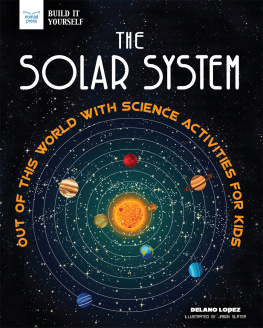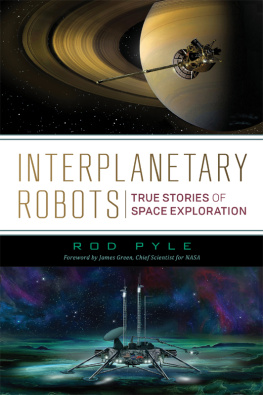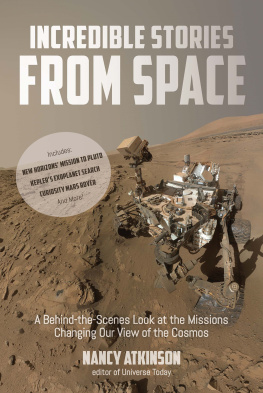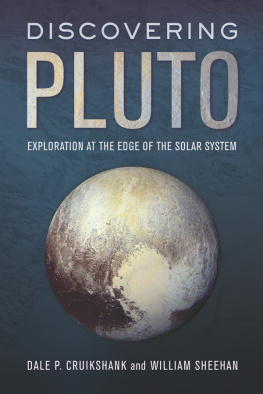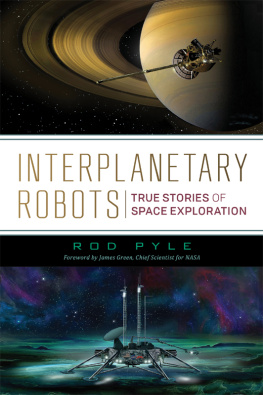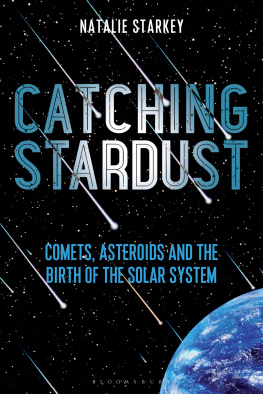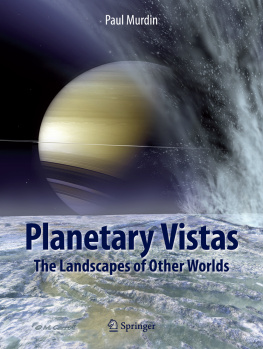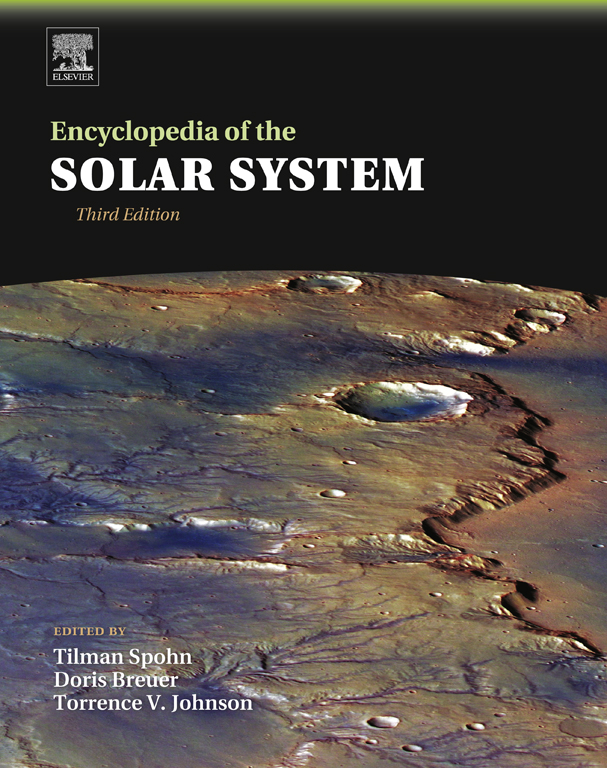Encyclopedia of the Solar System
Third Edition
Editors
Tilman Spohn
Institute of Planetary Research, German Aerospace Centre (DLR), Berlin, Germany
Doris Breuer
Institute of Planetary Research, German Aerospace Centre (DLR), Berlin, Germany
Torrence V. Johnson
Jet Propulsion Laboratory, NASA, Pasadena, CA, USA
Table of Contents
Copyright
Elsevier
Radarweg 29, PO Box 211, 1000 AE Amsterdam, Netherlands
The Boulevard, Langford Lane, Kidlington, Oxford, OX5 1GB, UK
225 Wyman Street, Waltham, MA 02451, USA
First edition 1999
Second edition 2007
Third edition 2014
Copyright 2014, 2007, 1999 Elsevier Inc. All rights reserved.
No part of this publication may be reproduced, stored in a retrieval system or transmitted in any form or by any means electronic, mechanical, photocopying, recording or otherwise without the prior written permission of the publisher
Permissions may be sought directly from Elsevier's Science & Technology Rights Department in Oxford, UK: phone (+44) (0) 1865 843830; fax (+44) (0) 1865 853333; email: , and selecting Obtaining permission to use Elsevier material
Notice
No responsibility is assumed by the publisher for any injury and/or damage to persons or property as a matter of products liability, negligence or otherwise, or from any use or operation of any methods, products, instructions or ideas contained in the material herein
Library of Congress Cataloging-in-Publication Data
A catalog record for this book is available from the Library of Congress
Encyclopedia of the solar system / edited by Tilman Spohn, Doris Breuer and Torrence Johnson. -- Third edition.
pages cm
Includes bibliographical references and index.
Summary: This book is filled with the knowledge about our solar system that resulted from all this exploration, whether by spacecraft or by telescopes both in space and earth-bound. All of this new knowledge is based on discoveries made in the interim by scientist-explorers who have followed their inborn human imperative to explore and to understand. Many old mysteries, misunderstandings, and fears that existed 50 years ago about what lay beyond the Earth have been eliminated. We now know the major features of the landscape in our cosmic backyard and can look forward to the adventure, excitement, and new knowledge that will result from more in-depth exploration by today's spacecraft, such as those actually exploring the surface of these faraway places, including the Huygens Titan lander and the Mars Exploration rovers, doing things that were unimaginable before the Space Age began. The Encyclopedia of the Solar System is filled with images, illustrations, and charts to aid in understanding. Every object in the solar system is covered by at least one chapter. Other chapters are devoted to the relationships among the objects in the solar system and with the galaxy beyond. The processes that operate on solar system objects, in their atmospheres, on their surfaces, in their interiors, and interactions with space itself are all described in detail. There are chapters on how we explore and learn about the solar system and about the investigations used to make new discoveries. And there are chapters on the history of solar system exploration and the missions that have carried out this enterprise. All written by an international set of world-class scientists using rigorous yet easy-to-understand prose--Provided by publisher.
ISBN 978-0-12-415845-0
1. Solar system--Encyclopedias. I. Spohn, T. (Tilman), editor of compilation. II. Breuer, Doris, 1965- editor of compilation. III. Johnson, T. V. (Torrence V.), editor of compilation.
QB501.E53 2014
523.203--dc23
2014002257
British Library Cataloguing in Publication Data
A catalogue record for this book is available from the British Library
ISBN: 978-0-12-415845-0
For information on all Elsevier publications visit our web site at store.elsevier.com
Printed and bound in China
14 15 16 17 18 10 9 8 7 6 5 4 3 2 1
Foreword
The solar system has become humankind's new backyard. It is the playground of robotic planetary spacecraft that has surveyed just about every corner of this vast expanse in space. Nowadays, every schoolchild knows what even the farthest planets look like. Fifty years ago, these places could only be imagined, and traveling to them was the realm of fiction. In just this short time in the long history of the human species we have leapt off the surface of our home planet and sent robotic extensions of our eyes, ears, noses, arms, and legs to the far reaches of the solar system and beyond.
In the early twentieth century, we were using airplanes to extend our reach to the last unexplored surface regions of our own planet. Now 100 years later, at the beginning of the twenty-first century, we are using spacecraft to extend our reach from the innermost planet Mercury to the outmost planet Neptune, and we have a spacecraft on the way to Pluto and the Kuiper Belt. Today, there are telescopes beyond imagination 100 or even 50 years ago that can image Pluto and detect planets around other stars! Now, Sol's planets can say we are not alone; there are objects just like us elsewhere in the universe. As humanity's space technology improves, perhaps in the next 100 years or so human beings also may be able to say we are not alone.
When I was a kid more than 50 years ago, I was thrilled by the paintings of Chesley Bonestell and others who put their imagination on canvas to show us what it might be like out there. Werner Von Braun's Collier's magazine articles of 19521954 superbly illustrated how we would go to the Moon and Mars using new rocket technologies. Reading those fabulous articles crystallized thoughts in my young mind about what to do with my life. I wanted to be part of the adventure to find out what these places were like. Not so long after the Collier's articles appeared, we did go to the Moon, and pretty much as illustrated, although perhaps not in such a grand manner. We have not sent humans to Marsat least we have not yetbut we have sent our robots to Mars and to just about every other place in the solar system as well.
This book is filled with the knowledge about our solar system that resulted from all this exploration, whether by spacecraft or by telescopes both in space and earth-bound. It could not have been written 50 years ago as almost everything in this Encyclopedia was unknown back then. All of this new knowledge is based on discoveries made in the interim by scientist-explorers who have followed their inborn human imperative to explore and to understand. Many old mysteries, misunderstandings, and fears that existed 50 years ago about what lay beyond the Earth have been eliminated.
We now know the major features of the landscape in our cosmic backyard and can look forward to the adventure, excitement, and new knowledge that will result from more in-depth exploration by today's spacecraft, such as those actually exploring the surface of these faraway places, including the Huygens Titan lander, the Mars Exploration and the Curiosity rovers, doing things that were unimaginable before the Space Age began.


